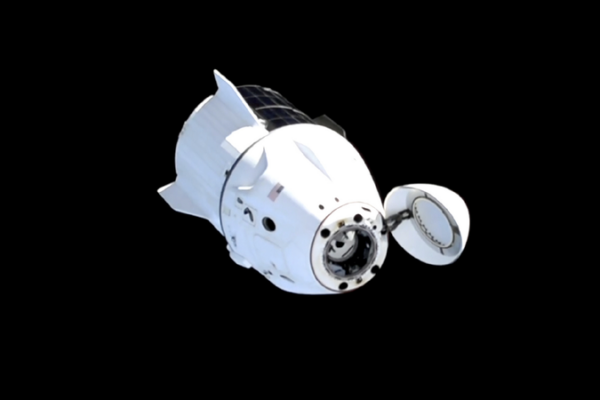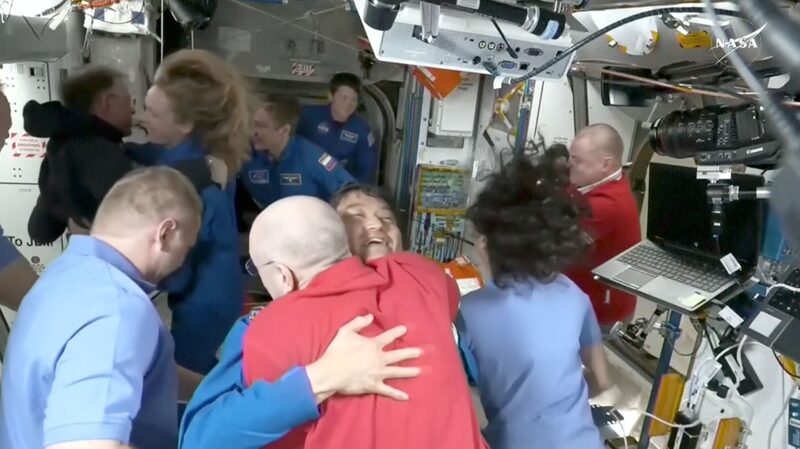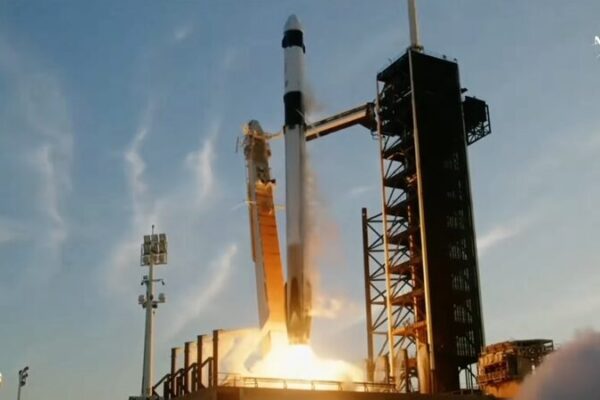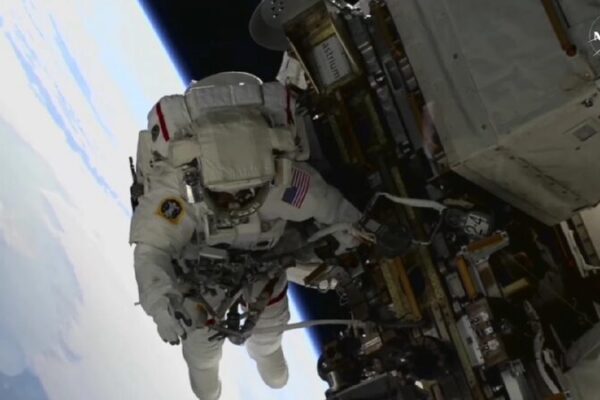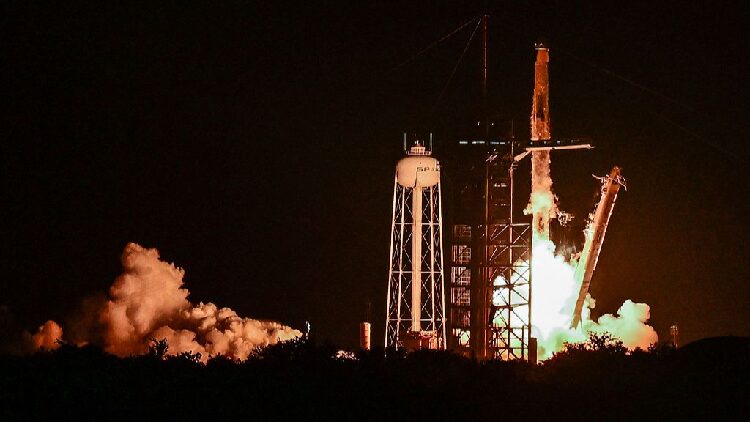NASA astronauts Butch Wilmore and Suni Williams have finally returned to Earth after an unplanned nine-month stay aboard the International Space Station (ISS). Their SpaceX capsule parachuted into the Gulf of Mexico on Tuesday evening, marking the end of a mission that extended far beyond its original timeline.
The duo initially launched on June 5 aboard Boeing’s new Starliner crew capsule, expecting to spend just over a week in space. However, a series of complications with the Starliner during its journey to the ISS led NASA to send the spacecraft back empty, stranding Wilmore and Williams on the station. Their return was further delayed by issues with SpaceX capsules, pushing their homecoming into February and then into March.
On Sunday, their relief crew arrived, allowing Wilmore and Williams to prepare for their departure. Given uncertain weather forecasts later in the week, NASA opted for an early return. The astronauts departed the ISS alongside NASA’s Nick Hague and Russia’s Alexander Gorbunov, who had arrived in their own SpaceX capsule last fall.
By the time they splashed down off the coast of Tallahassee, Florida, Wilmore and Williams had spent 286 days in space—278 days longer than initially planned. They completed 4,576 orbits around Earth and traveled approximately 121 million miles (195 million kilometers).
“On behalf of SpaceX, welcome home,” SpaceX Mission Control radioed upon their safe landing. “What a ride,” replied Hague, the capsule’s commander. “I see a capsule full of grins ear to ear.” Dolphins circled the capsule as recovery teams secured it, and the astronauts were all smiles as they emerged and waved to the cameras.
The extended mission turned Wilmore and Williams into household names as their story captured global attention. Despite the uncertainty and prolonged stay, they adapted seamlessly, transitioning from guests to full-fledged ISS crew members. They conducted experiments, performed maintenance, and even completed spacewalks together. Williams set a new record for female astronauts by accumulating 62 hours over nine spacewalks.
The mission took an unexpected twist in late January when former U.S. President Donald Trump urged SpaceX founder Elon Musk to expedite the astronauts’ return, attributing delays to the administration of President Joe Biden. SpaceX accelerated the process by substituting a brand-new capsule with a used one, hastening their return by several weeks.
As they readjust to life on Earth, Wilmore and Williams carry with them invaluable experiences and the distinction of having navigated one of the most prolonged and unpredictable missions in recent spaceflight history.
Reference(s):
NASA astronauts return to Earth after 9 months stuck in space
cgtn.com

